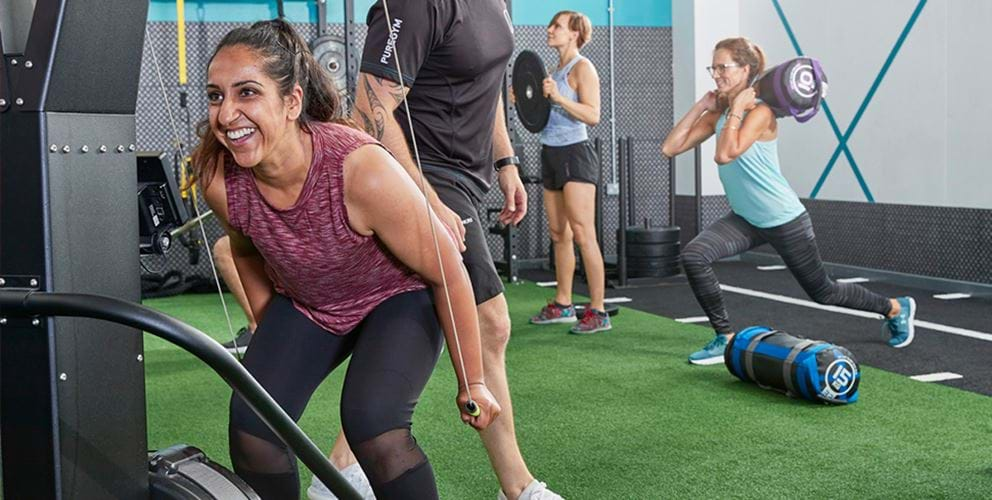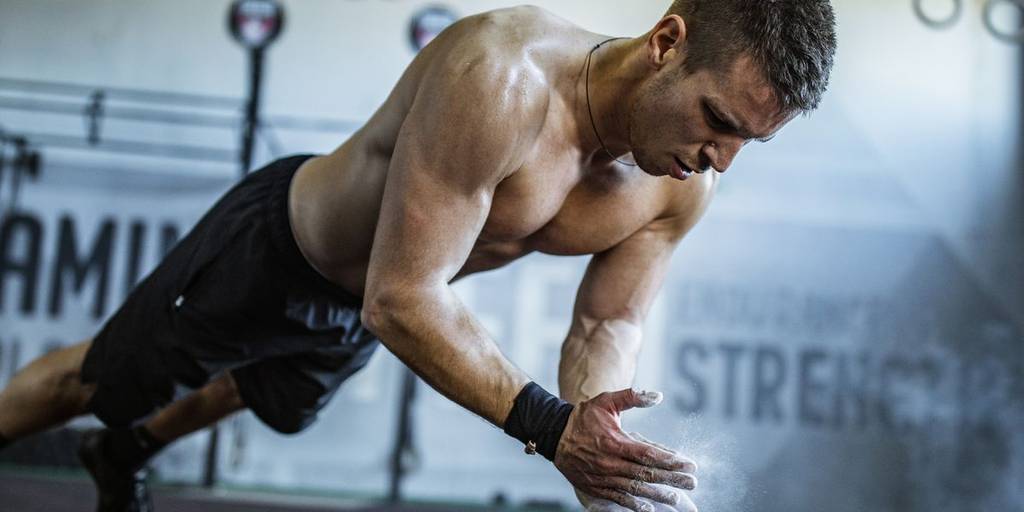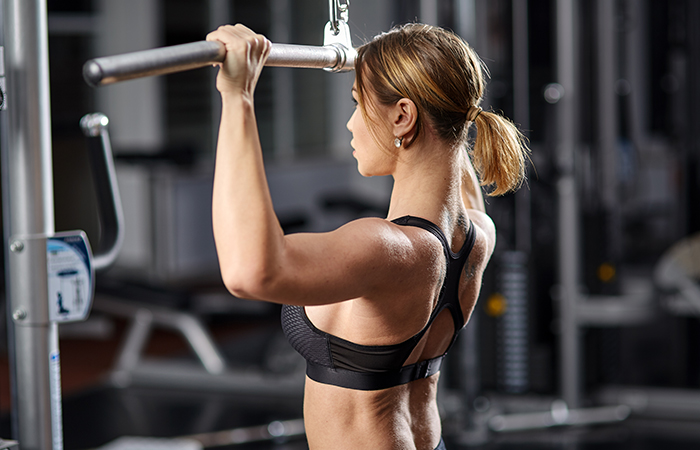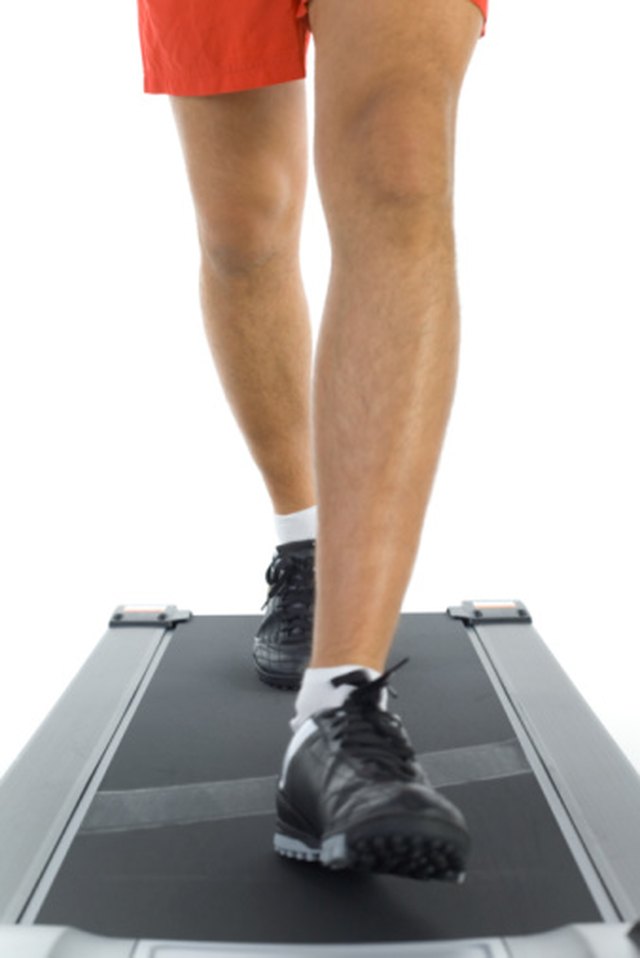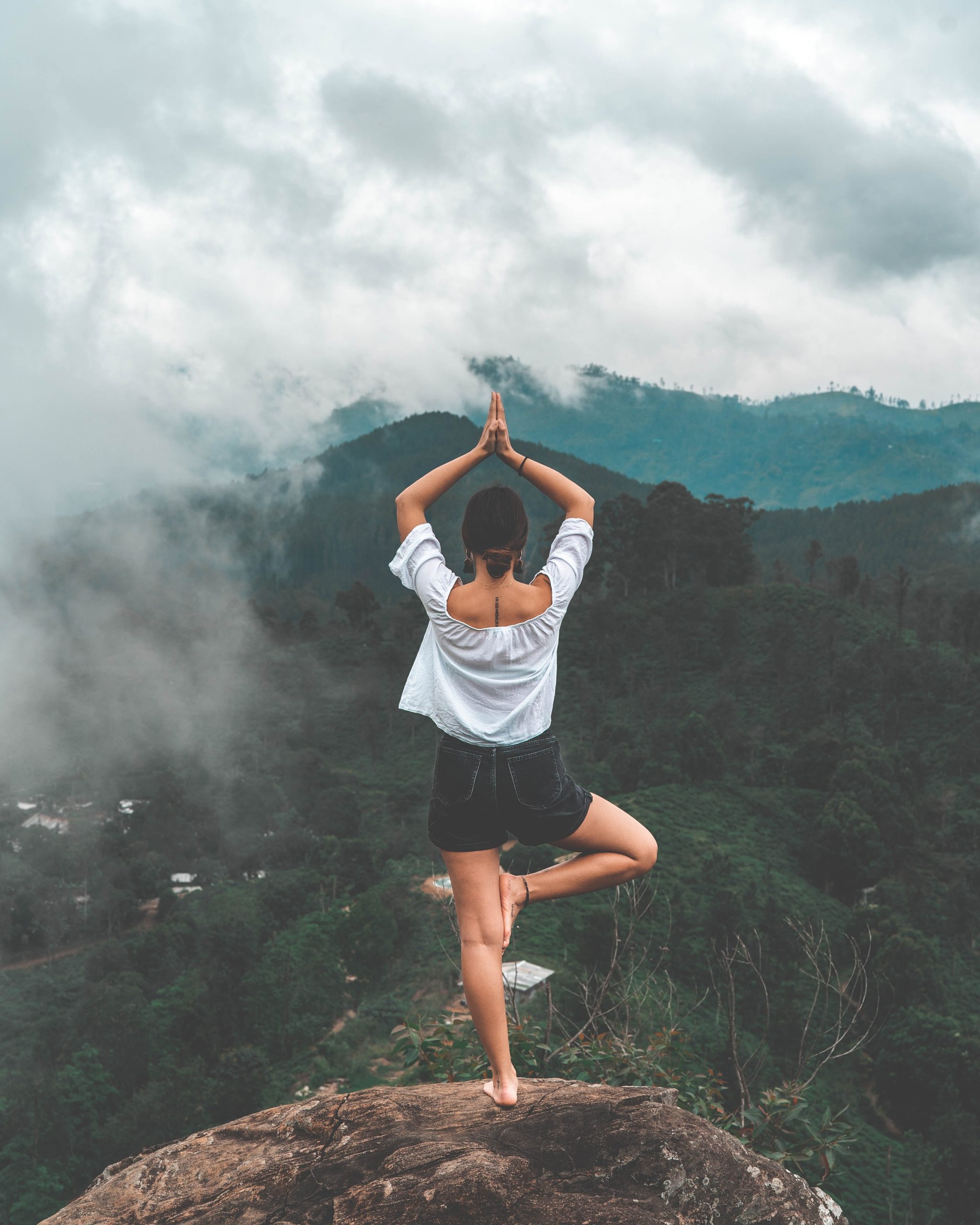The ancient healing system and practice of yoga, which literally means ‘to join together’ was developed in India more than 5000 years ago by Vedic priests. Their sacred texts and the teachings of yoga rituals sought to develop awareness between the mind and body through synergy, strength, and harmony. During subsequent millennia, the modern or Western approaches and Health benefits of yoga of the study and practice of yoga has undergone variations but follows traditional methods.
Indeed, science continues to corroborate the health benefits of yoga as demonstrated by research at National Center for Complementary and Integrative Health, American Society of Clinical Oncology, Harvard Medical School, as well as numerous other scholarly, fitness, and health and wellness institutions and facilities such as IDEA Health & Fitness Inc. Today’s practice combines a series of poses, movements, or postures that incorporate proper breathing techniques – the body’s vital energy to find peace and achieve serenity.
Popularity of Yoga
Over the past two decades, the popularity of yoga has experienced incredible growth and for good reason. As the revolution of fitness fads, diets, and gimmicks have increased in order to mitigate the rise of obesity, heart disease, Type II diabetes, and other symptoms of morbidity, the practice of yoga has simultaneously evolved as one of the best ways to increase health and vitality, improve flexibility, athletic and sports performance, maintain or increase cardiovascular fitness, build muscle tone, help with weight loss, boost immunity, improve quality of sleep, and reduce depression. As a mind-body alternative medical advancement with a take charge impact on spirituality, yoga has stood the test of time with more than hundred variations or schools of practice.
Yoga for Depression

According to the World Health Organization (WHO), depression is a major disability on a global scale (NIMH). In addition, the surge of available technology has become one of the dominant avenues that people capitalize upon in order to stay connected with coworkers, friends, and family. The combined sources of social media and networking provide easy access on a daily basis, but the high tech overload leaves a wake of isolation and lack of personal connection. The results may lead to stress, insomnia, anxiety, alienation, and depression. According to IDEA, a professional fitness and wellness association, “Depression is a common mood disorder characterized by feelings of guilt, hopelessness, and worthlessness” (Lipton. 2008).
Recent research and clinical studies through the National Center for Biotechnology Information, the National Institutes of Health, and Harvard Medical School indicate that yoga is a favorable intervention and alternative method to reduce the stress response as well as a viable option to the treatment of depression and insomnia. Typical exercise regimes and programs focus on the physical aspects and attributes of wellness. Although these are critical to longevity, overall health, and vitality, Yoga incorporates the physical component with meditative, proper breathing, relaxation, and self-actualization. Together, the practice of yoga culminates in reducing depression through better mental clarity, less physical pain, increased positive self-esteem, enhanced peace of mind, reduced stress, promotes transformation, and leads to healthier lifestyle choices.
Yoga for Seniors
Yoga is one of the safest workouts for people of all ages with many choices available for every level of fitness, body type, and skill level. Whether you are a beginner or a seasoned practitioner, a yoga workout is low impact and joint friendly. Seniors benefit from yoga because it improves their bone health, which is critical to preventing bone loss, fractures, and osteoporosis. Moreover, Yoga helps with posture, protects the spine, reduces the risk of injury, lowers blood pressure and blood sugar, improves immunity, increases balance, flexibility, range of motion, and strength, enhances blood flow and circulation, prevents damage to soft tissues, is an excellent component to rehabilitation and injury recovery, builds body awareness, improves breathing, and leads to heightened inner strength; all critical factors for healthy aging.
Yoga Class
In order to participate in a yoga class, all that is required is comfortable, breathable clothing as well as a few other props. Most studios provide a mat and also recommend going barefoot. However, some people benefit from props such as cushions, straps, blankets, and yoga blocks. Yoga Blocks raise the level of the floor to accommodate individuals with less flexibility or to allow beginners to reach poses with more ease and comfort. Yoga blocks also assist with balance, alignment, and facilitate holding poses for longer periods of time without the risk of injury, but proper use is essential to a positive Yoga experience. Blocks can be used in seated poses, standing positions, or under the head when lying down on the floor for abdominal or meditative work.
Precautions
There are many health benefits of yoga, and with the variety of classes now available, everyone stands to gain from engaging in the practice. Nevertheless, there are some conditions that warrant precaution and a consultation with a medical practitioner including severe osteoporosis or balance problems, poor conditioning, herniated disks, pregnancy, impaired circulation, and certain eye problems such as glaucoma.
Stay up to date on the latest in health and nutrition by signing up for our free newsletter series.



